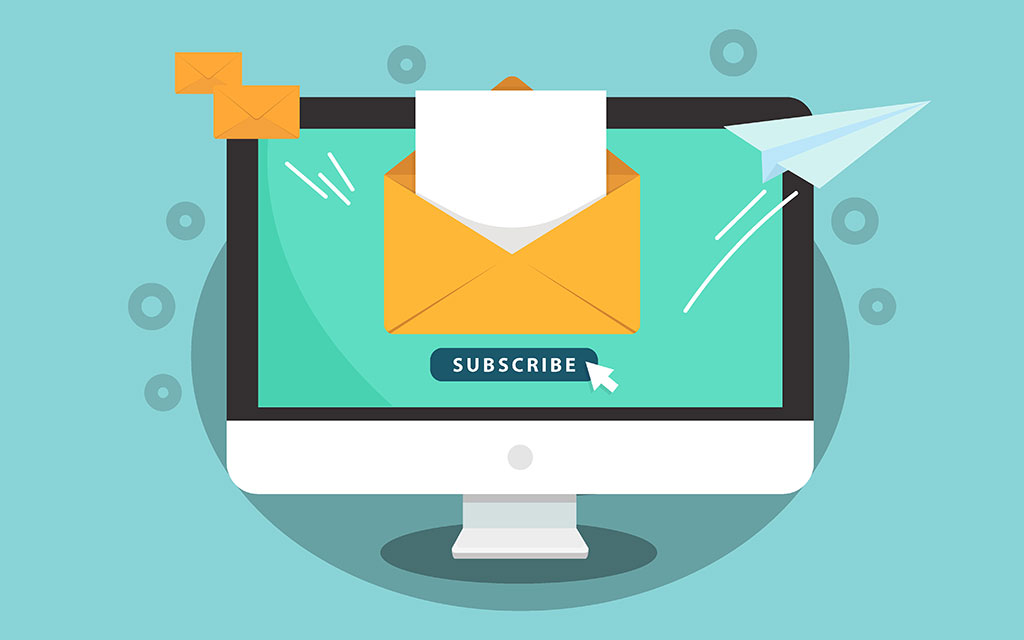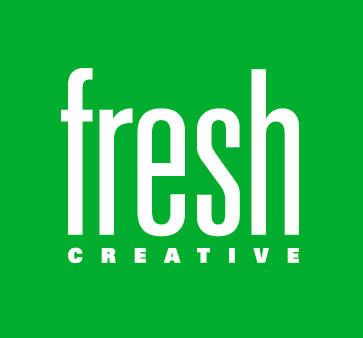Email marketing is a powerful tool for businesses of all sizes. It allows you to reach customers directly in their inboxes, fostering connections and driving conversions.
For small and midsize businesses, email campaigns offer an exceptionally cost-effective medium to engage audiences and boost sales. In fact, email marketing boasts one of the best ROIs among marketing tactics.

Maximizing your email marketing reach for the highest ROI involves building a quality subscriber list, crafting compelling subject lines and personalizing content. Segmenting your audience ensures more relevant messaging, increasing open rates and engagement. Regular A/B testing helps refine your approach for better results.
You’ll also want to track key metrics like open rates and click-through rates to gauge campaign performance. These insights enable you to optimize future emails, improve targeting and demonstrate ROI to stakeholders. With the right strategies, you can harness email marketing’s full potential for your business growth.
Advantages of Email Marketing
Email marketing provides exceptional value and measurable results, making it an ideal choice for companies with limited marketing resources.
Here are some of the advantages of email marketing vs. other tactics:
- You can reach a large audience without breaking the bank.
- Email allows for easy personalization and segmentation, increasing your message’s relevance and impact.
- Campaigns can be automated for consistent distribution to your audience. You can set up welcome series emails, abandoned cart reminders and other targeted messages to run automatically.
Understanding Your Audience
An important first step in developing email campaigns to reach your current and prospective audiences is to discover the characteristics of those audiences. Analyze your customer data to gain insights into their preferences and behaviors. Use surveys, purchase history, and website interactions to build comprehensive buyer personas.
Segment your audience based on demographics, interests or past interactions. This allows you to tailor your messages and increase relevance.
Monitor engagement metrics like open rates and click-through rates to refine your understanding of what resonates with different audience segments.
Managing Your Campaigns
If you’re managing your email campaigns in-house, you’ll want to choose an email platform that aligns with your business needs. Consider factors like user-friendliness, automation capabilities and analytics tools. Popular options include Mailchimp, Constant Contact and SendGrid.
Compare pricing plans and features to find the best fit for your budget and goals. Some platforms offer free tiers for small businesses, while others provide advanced features for larger organizations.
Partnering with a marketing agency can be beneficial as well, especially if you lack in-house experience or resources to manage your campaigns. An agency can handle strategy, design and execution, allowing you to focus on other aspects of your business.
Building and Maintaining an Effective Email List
An up-to-date email list is imperative to effectively managing your campaigns and reaching your target audiences.
To gather email addresses from customers, you can use sign-up forms on your website, social media profiles and at physical locations if applicable. Offer incentives like exclusive content or discounts to encourage subscriptions.
Use double opt-in processes to ensure list quality and comply with regulations. Regularly clean your list by removing inactive subscribers and updating contact information.
Consider running targeted ads on social media platforms to attract new subscribers who match your ideal customer profile.
Creating Engaging and Relevant Content
To encourage email opens and engagement, start with compelling subject lines that pique curiosity. Keep your content concise, valuable and aligned with your subscribers’ interests.
Personalize your emails using subscriber data. Include the recipient’s name and tailor content based on their preferences or past interactions with your brand.
Use visually appealing templates and incorporate multimedia elements like images and videos to make your emails more engaging. Ensure your design is mobile-responsive for optimal viewing on all devices.
Test different content types, such as newsletters, product updates or educational pieces, to see what drives the most engagement. Use storytelling techniques to create emotional connections with your audience.
Email Marketing vs. Other Digital Channels
When compared to other digital channels, email marketing often delivers higher ROI. Social media ads and pay-per-click campaigns can be expensive, especially in competitive industries.
Email allows for more in-depth content than social media posts. You can use it to showcase your products, share valuable information and build relationships with customers. This depth can lead to higher conversion rates.
Unlike social platforms, email gives you direct access to your audience. You’re not at the mercy of changing algorithms or platform policies. This control is invaluable for maintaining consistent communication with your customers.
Email also integrates well with other marketing efforts. You can use it to drive traffic to your website, promote social media content or support your content marketing strategy. This versatility enhances the overall effectiveness of your digital marketing efforts.
Measuring Success and Performance
Effective measurement is crucial for optimizing your email marketing campaigns and maximizing ROI. Tracking key metrics allows you to refine your strategy and improve results over time.
Key Performance Indicators (KPIs) and Metrics
Open rates measure the percentage of recipients who open your emails. Click-through rates (CTR) indicate how many clicked-on links within the message.
Other important KPIs include:
- Bounce rate
- Unsubscribe rate
- List growth rate
Use these metrics to gauge campaign performance and identify areas for improvement. Set benchmarks and track trends over time to measure progress.
A/B Testing and Analytics for Continuous Improvement
A/B testing compares two versions of an email to see which performs better. Test elements like:
- Subject lines
- Send times
- Content layout
- Call-to-action buttons
Analyze results to inform future campaigns. Use email marketing platforms with built-in analytics tools to track performance. Integrate with Google Analytics for deeper insights into subscriber behavior on your website.
Regularly review data to optimize your strategy. Look for patterns and trends to guide decision-making.
Email Deliverability and Open Rates
Deliverability refers to whether your emails reach subscribers’ inboxes. Poor deliverability can severely impact campaign performance.
To improve deliverability:
- Use a reputable email service provider or marketing agency who will manage your campaigns
- Maintain a clean subscriber list
- Avoid spam trigger words
- Authenticate your domain
Click here to learn more about email marketing and the services Fresh Creative offers. Contact us today for help with your email marketing.

